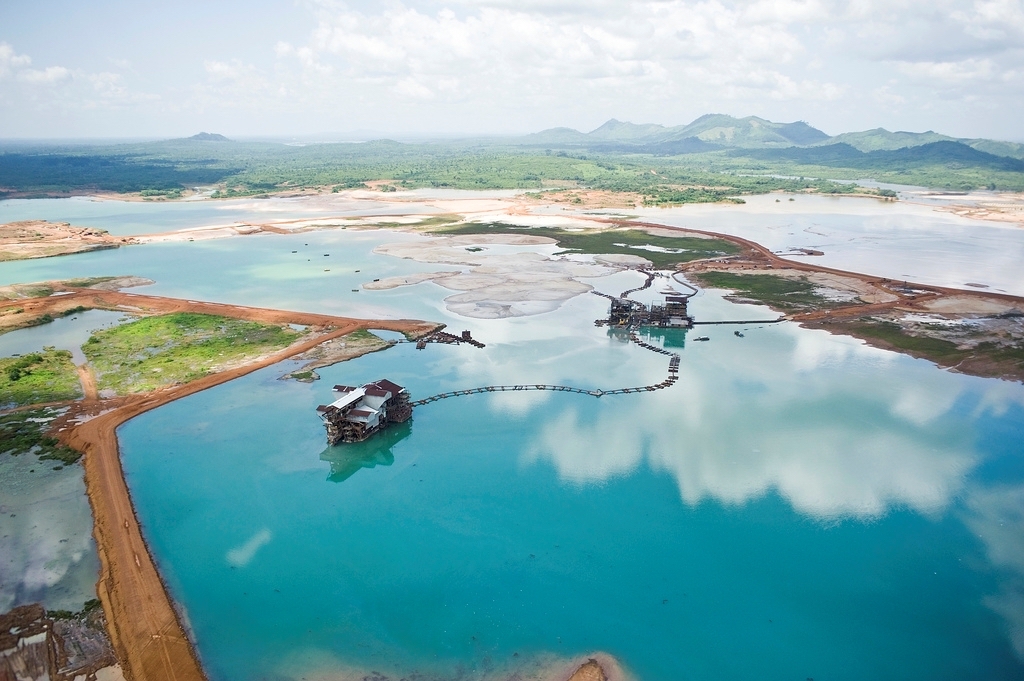Environmental Preparedness Planning
Including environmental considerations in the planning of emergencies preparedness

Including environmental considerations in the planning of emergencies preparedness
Relevant steps for including environmental considerations in the planning of emergency preparedness
Understanding the current and potential future environmental conditions of a region is essential for an efficient and sustainable response
Risk analysis provides a common understanding and prioritization of risks, and should include existing environmental conditions and threats
Communicating risks effectively to populations and communities is essential for people to be able to be better prepared and to reduce the damaging impacts of hazards.
Policies supported by institutional frameworks and legal arrangements make up the disaster risk management framework. In order to systematically integrate environmental concerns in humanitarian action, one must consider the institutional arrangements governing disaster preparedness, response, recovery and emergency funding.
An understanding of evolving risks is fundamental to a timely and effective response. The analysis of disaster risks informs the planning of a response, while monitoring ensures that the process is responsive to changing contexts




